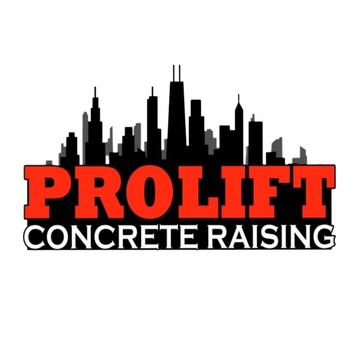
Understanding the Difference: Mud jacking Vs. Polyurethane Foam Concrete Lifting
If you have noticed sunken or settled concrete surfaces on your property, it is crucial to take action to restore both the functionality and appearance of your concrete. Two commonly used methods for raising and leveling sunken concrete are mud jacking and polyurethane foam concrete raising. While they both serve the same purpose, there are significant differences between these techniques. In this article, we will explore the distinctions between mud jacking and polyurethane foam concrete raising, highlighting the benefits of mud jacking and potential drawbacks of polyurethane foam concrete raising, helping you make an informed decision about which method is best for your needs.
Mud jacking: The Trusted Classic Method
Mud jacking, also known as slab jacking, concrete leveling, concrete raising and other similar terms, has long been a trusted and widely used solution for raising sunken or settled concrete. The process involves injecting a mixture of cement, sand, clay, and water (commonly referred to as "mud" or "slurry") underneath the concrete slab. Here's an overview of the mud jacking process:
- Inspection and Preparation: Professional mud jacking companies start by inspecting the sunken concrete and identifying the areas that require attention. These areas are then marked for drilling.
-
Drill Holes: Small holes are drilled into the concrete at strategic locations to allow the mud mixture to be injected beneath the slab.
- Injection: Using specialized equipment, the mud mixture is pumped into the drilled holes with precise pressure, filling the voids and raising the concrete slab to its desired level.
- Patching and Clean-Up: Once the concrete has been lifted, the holes are patched with a cement, and the immediate area is cleaned up to remove any excess slurry.
Mud jacking is known for its ability to handle heavy loads, making it an ideal choice for larger concrete slabs such as driveways, sidewalks, and warehouse floors that require more durability. It is a cost-effective alternative to concrete replacement, as it restores the functionality of the concrete without the need for extensive demolition and reconstruction. Mud jacking is a time-tested method that has been successfully used for many years, proving it a reliable solution to sunken concrete.
Polyurethane Foam Concrete Raising: A Modern Approach with Considerations
Polyurethane foam concrete raising, also known as poly jacking or foam jacking, is a newer method gaining popularity for raising sunken or settled concrete. This technique replaces the traditional mud mixture with expanding polyurethane foam. Here's an overview of the polyurethane foam concrete raising process:
- Inspection and Preparation: Similar to mud jacking, a thorough inspection of the sunken concrete is conducted, and the areas requiring attention are marked for drilling.
-
Injection Holes: Small holes are drilled into the concrete, strategically placed based on the specific needs of the project.
-
Foam Injection: A two-component polyurethane foam is injected into the drilled holes. The foam expands rapidly, filling the voids beneath the concrete and raising the slab to the desired level.
- Patching and Clean-Up: Once the concrete has been lifted and leveled, the injection holes are patched with a cementitious material. Polyurethane foam requires smaller injection holes compared to mud jacking, resulting in minimal and less noticeable patching.
Though polyurethane foam concrete raising has its advantages, such as a quick cure time and lightweight, it is crucial to acknowledge its potential drawbacks. First, it is generally more expensive than traditional mud jacking methods. The cost of the polyurethane foam material and the specialized equipment required can make it a pricier option for concrete repairs.
Furthermore, the chemicals used in the polyurethane foam can be harmful if not handled properly. It is important to ensure that proper safety measures are taken during the lifting process to protect both workers and the environment.
Additionally, polyurethane foam may deteriorate over time with exposure and water infiltration leading to reduced stability and longevity of your concrete surfaces causing further issues.
Making an Informed Choice
When deciding between mud jacking and polyurethane foam concrete raising, it is crucial to consider the specific requirements of your project and the potential pros and cons of each method. Mud jacking is a proven and trusted method known for its ability to handle heavy loads, while polyurethane foam concrete raising offers benefits such as lightweight foam and minimal patching. However, polyurethane foam may have limitations when it comes to heavy loads and long-term durability. Consulting with a professional concrete leveling company can help you determine which method is best suited for your needs, taking into account the size of the concrete slabs, the load requirements, and other project-specific factors.
As Always,
We appreciate you taking the time to read, and hope that you will enjoy visiting our guide. Stop by often to stay up to date on our latest home repair and maintenance tips. As always, whether you subscribe or just send an email, we would love to hear from you! Tell us about your own experiences, the projects you have, and what you want to explore next!
